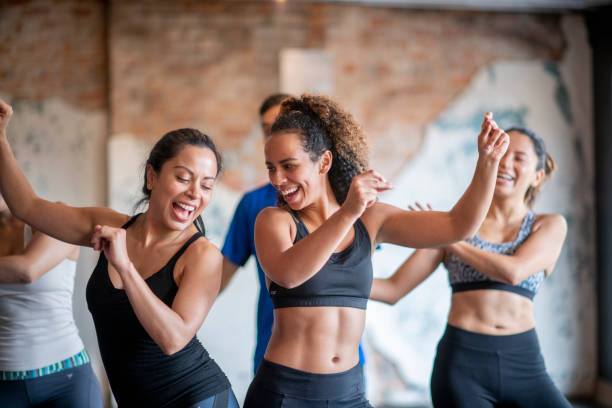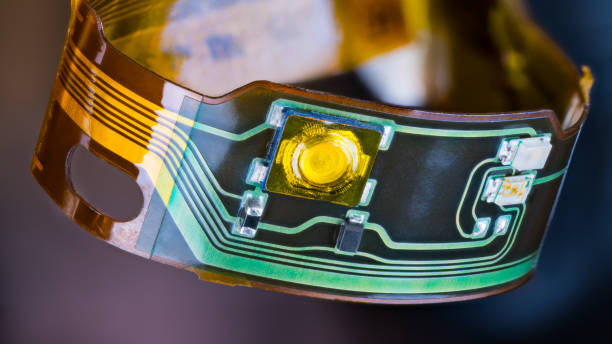The Unheralded Rise of Dance Fitness: A Historical Perspective and Current Trends
From the disco-inspired aerobic exercises of the 70s to the heart-pumping Zumba classes of today, dance fitness has transformed the world of wellness and personal care. It's a unique blend of beauty and fitness that has evolved over the years, offering a fun and engaging way to stay in shape while expressing oneself artistically.

A Revolutionary Beginning: The Birth of Dance Fitness
The concept of dance fitness originated in the late 1960s when Dr. Kenneth Cooper, an exercise physiologist, introduced the world to the benefits of aerobic exercise. His work caught the attention of many, including Jacki Sorensen, a former United States Air Force Officer’s wife. Capitalizing on the growing popularity of disco, Sorensen combined aerobics with dance to create aerobic dancing, the progenitor of modern dance fitness.
The 80s and 90s: Evolution and Expansion
The 1980s saw a massive growth in the popularity of dance fitness, largely due to the efforts of Richard Simmons and Jane Fonda. Their workout videos brought dance fitness into living rooms across the world. The 90s then saw the rise of Latin-inspired dance fitness with the creation of Zumba by Colombian dancer Alberto ‘Beto’ Perez. Zumba’s global success showcased the market’s appetite for dance fitness, paving the way for more diverse dance fitness genres.
The New Millennium: A Fusion of Styles
As dance fitness entered the new millennium, it broadened its horizons by incorporating various dance styles, including hip-hop, belly dance, and even Bollywood. This fusion not only made workouts more engaging but also catered to a wider audience with diverse tastes.
Current Trends: Personalization and Virtual Classes
In the current era, dance fitness is embracing personalization and technology. The COVID-19 pandemic has accelerated the shift to virtual classes, making dance fitness more accessible than ever. Furthermore, the rise of AI and wearable technology has allowed for personalized feedback and tracking, enhancing the effectiveness of workouts.
The Impact of Dance Fitness on Beauty and Wellness
Dance fitness not only contributes to physical health but also promotes a positive body image and self-confidence. By incorporating artistic expression, it helps in stress management and emotional well-being. Its influence on the fitness industry is undeniable, with a recent study by the American Dance Therapy Association showing a significant increase in the number of people joining dance fitness classes.
In conclusion, dance fitness has come a long way from its humble beginnings. It continues to evolve, offering a unique blend of artistry and wellness that resonates with a diverse audience. As technology continues to advance, we can look forward to even more innovative and engaging approaches to dance fitness.





